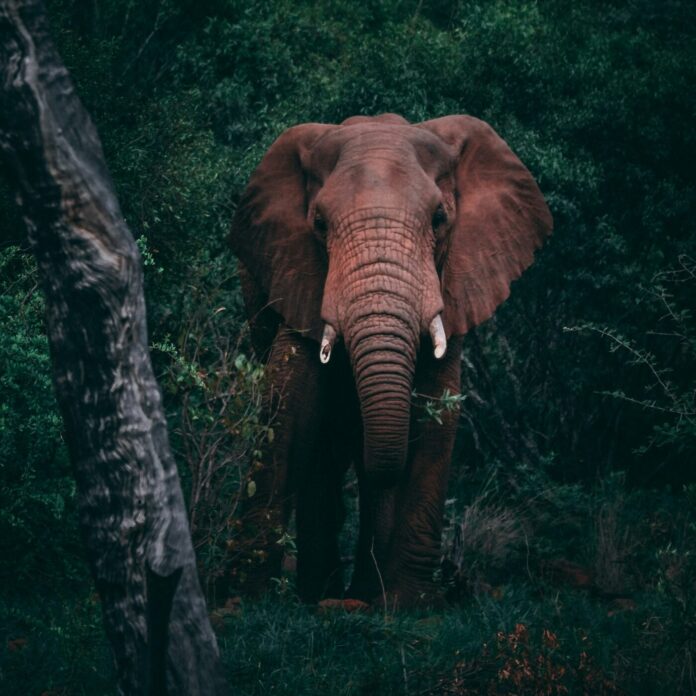Wildlife tourism is a sensitive thing. On the one hand, some companies exploit local animal populations by forcing them to perform or keeping them in less-than-ideal conditions, but when done in the right setting with a organization that prioritizes animal welfare, it can be a great way to connect with the natural world and learn more about the importance of conservation. If you’re an animal lover looking to make wildlife a part of your travels, read on to learn how to do so responsibly.
Choose Ethical Experiences
Engaging in responsible wildlife tourism starts with choosing responsible attractions. Avoid places that exploit animals for entertainment and financial gain, and instead, opt for sanctuaries that prioritize conservation and rehabilitation over flashy shows and customer interaction. As much as you may want to ride that elephant, in reality, it’s a lot more fun for you than it is for him.
Respect Habitat
You wouldn’t like it if someone came into your house and left a bunch of trash behind, so why do it to animals? Respecting the natural habitats of wildlife is crucial for their well-being and maintaining ecological balance, so be sure to take all of your belongings with you, including biodegradable items such as banana peels. Additionally, keep a safe distance from animals to avoid causing stress and follow any other established guidelines, such as viewing time limits.
Minimize Your Impact
Even outside of sanctuaries and reserves, it’s important to be aware of the impact of our choices and opt for sustainable options when we can. Ecosystems function as just that—systems, and something as small as a plastic straw can end up harming wildlife if not disposed of properly. Staying in eco-friendly lodgings if possible, avoiding single-use plastics, and opting for public transportation are just some of the ways we can protect wildlife and support a sustainable future for all.












